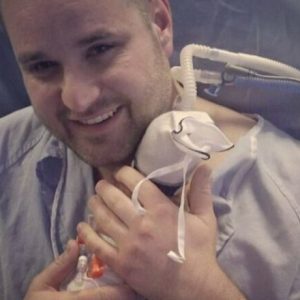Back and neck pain are among the most common health complaints, affecting millions of people worldwide.
They can range from mild discomfort to severe, debilitating pain, and understanding the underlying causes is crucial for effective treatment and prevention. This article explores some of the most common causes of back and neck pain, providing insights into how they occur and what can be done to alleviate them.
1. Poor Posture
One of the leading causes of back and neck pain is poor posture. Spending long hours sitting at a desk, slouching, or looking down at a smartphone can strain the muscles and ligaments in the back and neck. Over time, this can lead to chronic pain and discomfort.
Prevention Tips:
- Maintain a neutral spine position while sitting or standing.
- Use ergonomic furniture that supports good posture.
- Take regular breaks to stand up, stretch, and move around.
2. Muscle Strain
Muscle strain, often resulting from overuse or sudden movements, is another common cause of back and neck pain. Activities such as lifting heavy objects incorrectly, exercising without proper warm-up, or sudden twisting motions can lead to strained muscles.
Prevention Tips:
- Use proper lifting techniques, bending at the knees and keeping the back straight.
- Warm up before engaging in physical activities.
- Strengthen core muscles to provide better support for the back and neck.
3. Herniated Discs
The spine is made up of vertebrae cushioned by intervertebral discs. When these discs become damaged, they can bulge or rupture, pressing on nearby nerves and causing pain. Herniated discs are more common in the lower back but can also occur in the neck.
Prevention Tips:
- Maintain a healthy weight to reduce strain on the spine.
- Avoid activities that involve repetitive bending or twisting of the spine.
- Perform exercises that strengthen the back and abdominal muscles.
4. Degenerative Disc Disease
As people age, the discs in the spine naturally degenerate and lose their cushioning ability. This can lead to conditions such as osteoarthritis, which causes pain and stiffness in the back and neck.
Prevention Tips:
- Stay active and engage in regular low-impact exercises, such as walking or swimming.
- Practice good posture to reduce stress on the spine.
- Maintain a healthy diet rich in vitamins and minerals to support bone health.
5. Injuries and Accidents
Trauma from accidents, such as car crashes or falls, can cause acute back and neck pain. Injuries like whiplash, where the neck is suddenly jerked forward and backward, can result in significant pain and discomfort.
Prevention Tips:
- Wear seatbelts and use proper safety equipment to prevent injuries during accidents.
- Ensure a safe environment to reduce the risk of falls.
- Seek immediate medical attention after an injury to prevent long-term complications.
6. Stress and Tension
Emotional stress and tension can lead to muscle tightness and pain in the back and neck. Stress can cause people to unconsciously clench their muscles, leading to chronic pain and discomfort.
Prevention Tips:
- Practice stress-relief techniques such as deep breathing, meditation, or yoga.
- Engage in regular physical activity to reduce stress levels.
- Ensure adequate rest and relaxation to allow muscles to recover.
7. Medical Conditions
Certain medical conditions, such as scoliosis (an abnormal curvature of the spine), fibromyalgia (a condition characterized by widespread pain), and spinal stenosis (narrowing of the spinal canal), can cause chronic back and neck pain.
Prevention Tips:
- Regular medical check-ups to diagnose and manage underlying conditions.
- Follow treatment plans prescribed by healthcare professionals.
- Engage in physical therapy and exercises recommended by specialists.
Back and neck pain can significantly impact quality of life, but understanding the common causes can help in managing and preventing these issues. By maintaining good posture, engaging in regular exercise, managing stress, and seeking medical advice when needed, individuals can reduce the risk of developing chronic back and neck pain. If pain persists, it is important to consult with a healthcare professional for proper diagnosis and treatment.

